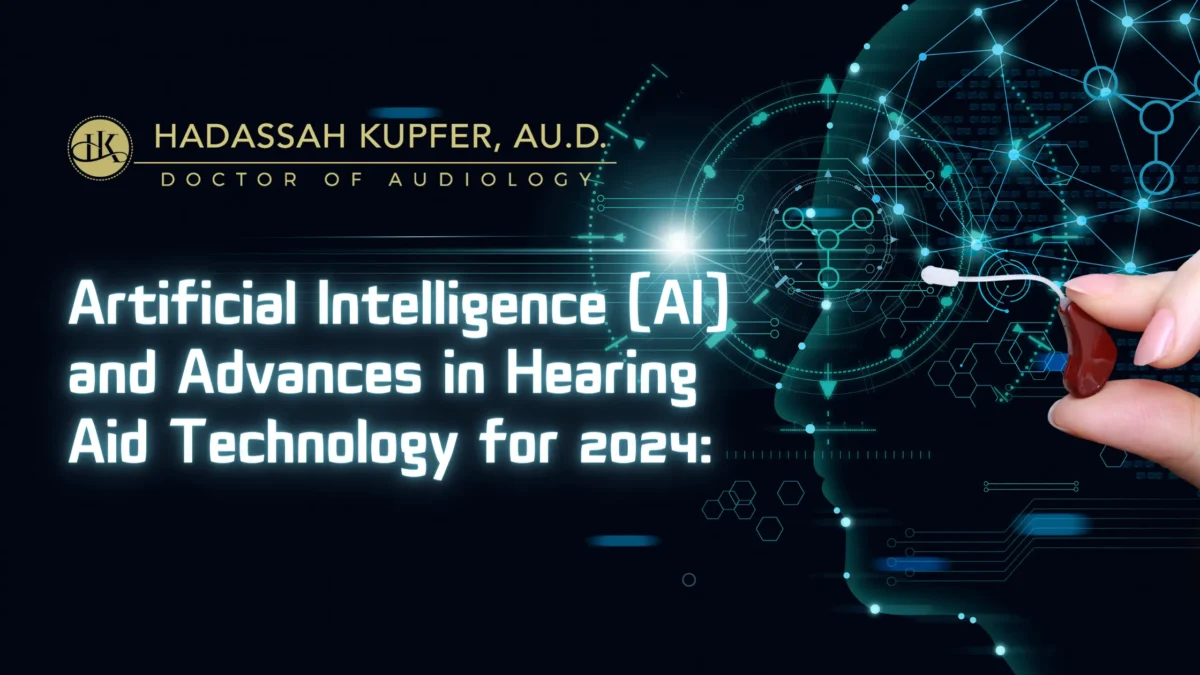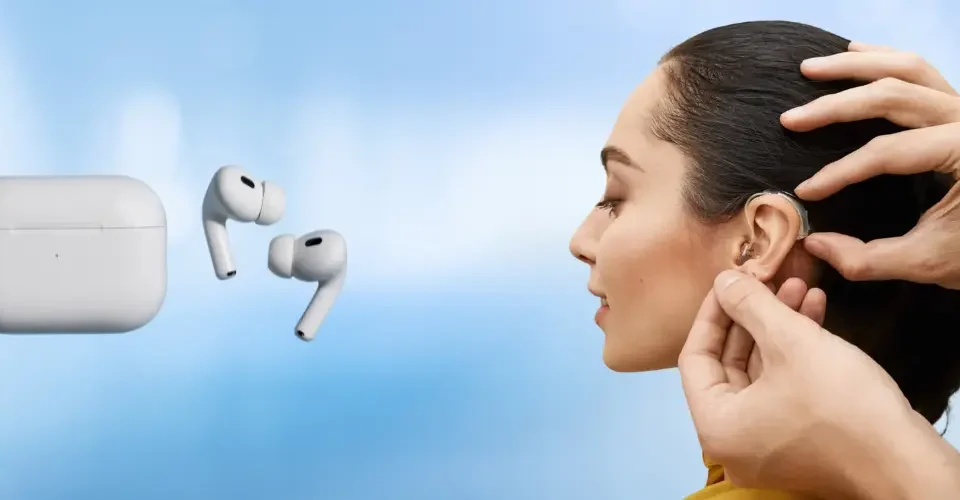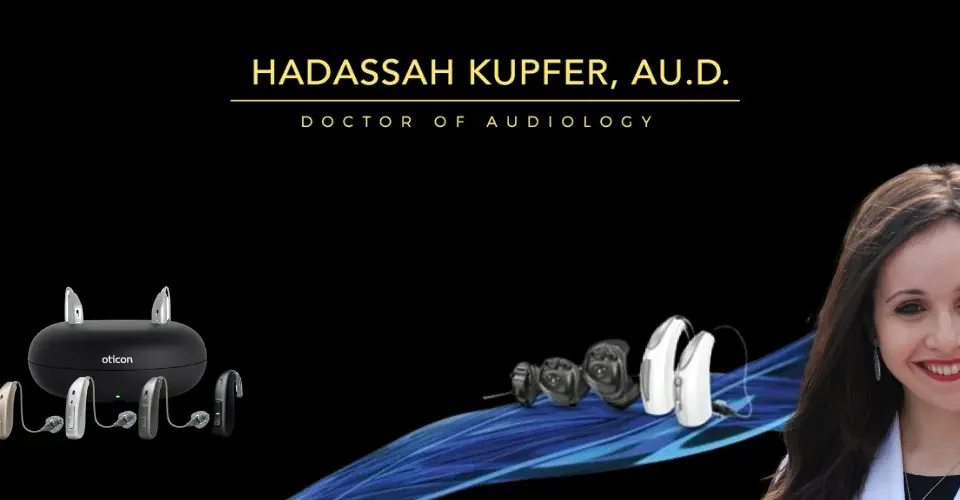
How do I Know if I Have a Hearing Loss?
March 15, 2022
How to find a audiologist near me
June 26, 20242024 is proving to be a year of remarkable and exciting advancements in hearing aid technology. Innovations are changing the way hearing aids are being used, particularly through the merging of new technologies such as artificial intelligence (AI). AI is paving the way in hearing advancements, with machine learning automatically making adjustments to external sounds, enhancing speech clarity, and minimizing unwanted noise. This is all done in real time and can be continuously improved every second the hearing aid is worn. As hearing aid manufacturers continue to develop AI algorithms, new hearing aids will be better able to isolate speech from background noises.
Artificial Intelligence and Machine Learning
The incorporation of machine learning (AI) in hearing aids is transforming the user experience. These technologies enable hearing aids to adapt to different sound environments. For example, machine learning algorithms can analyze the soundscape and distinguish between speech and background noise. By doing this, the hearing aids can amplify the speech while reducing the volume of background noise, making conversations clearer and more comfortable for the user.
These smart hearing aids learn from each environment, continuously improving their performance. This adaptive feature is especially useful in difficult listening environments, such as busy restaurants or crowded public spaces, or airports where traditional hearing aids struggle.
Wireless Technology Enhancements
Another significant advancement that has been around for some time is wireless technology. Recent improvements are allowing users to connect their hearing aids to mobile devices via respective apps or other external devices. These apps give users the ability to make personal adjustments to sound settings, check the fitment of their hearing aids, monitor battery life, and even update firmware.
Wireless technology has also enabled hearing aids to double as headphones, allowing users to stream music or their favorite podcasts directly from their mobile devices. Some hearing aids now function like earbuds, enabling users to make and receive calls without needing to take out their phones. Manufacturers are also utilizing wireless technology by adding external sound processing devices with more powerful computing processors that can assist in AI help reduce the size of hearing aids and connect to wifi for updates.
One of the most significant leaps in hearing aid technology is the ability to update firmware/software wirelessly. This means that improvements can now happen in the background without the user needing to do anything. The ability to update firmware and or software wirelessly is a huge step forward in keeping hearing aids up-to-date without needing to replace them, as only advancements in hardware will be necessary.
Improvements in Hearing Aid Size and Comfort
Advancements in wireless technology and AI have also allowed manufacturers to make hearing aids more comfortable by making them smaller and lighter. These improvements in ergonomics are crucial, as users prefer having hearing aids that are not visible and are comfortable.
Manufacturers are focusing on creating devices that are not only smaller but also more aesthetically pleasing, reducing the stigma often associated with wearing hearing aids. This focus on design and comfort is expected to increase user adoption and satisfaction.
Conclusion
The advancements in hearing aid technology in 2024 are exciting and promise a more enjoyable and seamless experience for users. With the integration of AI, improvements in wireless technology, and the ability to update firmware and software remotely, hearing aids are becoming more sophisticated and user-friendly.
As manufacturers continue to innovate and introduce new devices to the market, users can look forward to a future where hearing aids not only improve their hearing but also enhance their overall quality of life. These advancements are paving the way for a better sounding future, where hearing aids are not just assistive devices but are part of a connected and intelligent ecosystem.




